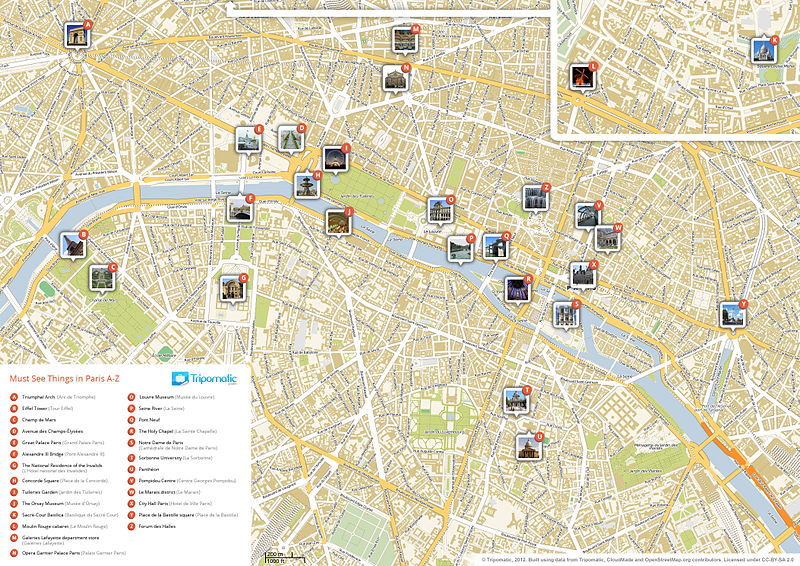Key Difference – Destination vs Attraction
An attraction is a place that draws visitors by providing something of interest or pleasure, while a destination is a place to which one is journeying. In the context of tourism, a destination is an area with attractions that earns money from tourism, whereas an attraction is a place that attracts tourism. For example, the Eiffel Tower is a tourist attraction, while Paris is a tourist destination. Tourist attractions are inevitably linked to tourist destinations.
What is a Destination?
A destination is a place to which one is journeying or to which something is sent. This term is typically used in travel and tourism. A tourist destination is an area that primarily depends on the revenues generated from tourism. Bierman (2003) defines a destination as “a country, state, region, city, or town that is marketed or markets itself as a place for tourists to visit.”
Popular tourist destinations worldwide are characterized by three main features: attractions, amenities, and accessibility. A tourist destination often has more than one attraction. In order for a place with attractions to be popular, it must also be accessible to tourists and provide various amenities.
Examples of popular tourist destinations include Rome, Paris, Fiji, London, New York, Prague, Hanoi, Barcelona, Dubai, Bangkok, and Lisbon. These destinations have various tourist attractions. For example, the Eiffel Tower, Notre Dame Cathedral, Louvre, Montmartre, Arc de Triomphe, and Champs-Élysées are tourist attractions in Paris. Some areas can also be popular destinations due to their proximity to a major tourist attraction. For example, Siem Reap town in Cambodia is a popular tourist destination mainly because of its proximity to Angkor temples, a very popular tourist attraction.
What is an Attraction?
Attraction implies the action or power of evoking interest in or liking for someone or something. The noun attraction can also refer to a place that draws visitors by providing something of interest.
Tourist attractions have natural, cultural, or historical value and offer leisure, adventure, and amusement. Natural attractions include scenic locations such as beaches, mountains, caves, rivers, and valleys. Cultural attractions include historical places such as ancient temples, palaces, ruins of towns, and museums, as well as art galleries, buildings and structures, theme parks, etc.
Examples of popular tourist attractions include the Eiffel Tower, Colosseum, Stonehenge, Taj Mahal, Great Wall of China, Tower of London, Statue of Liberty, Machu Picchu, Alcatraz Island, the Great Pyramid of Giza, Big Ben, and Buckingham Palace.
What is the difference between Destination and Attraction?
Definition:
Destination: A destination is a place to which one is journeying or to which something is sent.
Attraction: Attraction implies the action or power of evoking interest in or liking for someone or something.
In Tourism:
Destination: A tourist destination is an area that mostly depends on the revenues accruing from tourism.
Attraction: A tourist attraction is a place that draws visitors by providing something of interest.
Example:
Destination: Paris is a tourist destination.
Attraction: The Eiffel Tower is a tourist attraction.
Characteristics:
Destination: A tourist destination is characterized by attractions, amenities, and accessibility.
Attraction: A tourist attraction may have natural, cultural, or historical significance.
